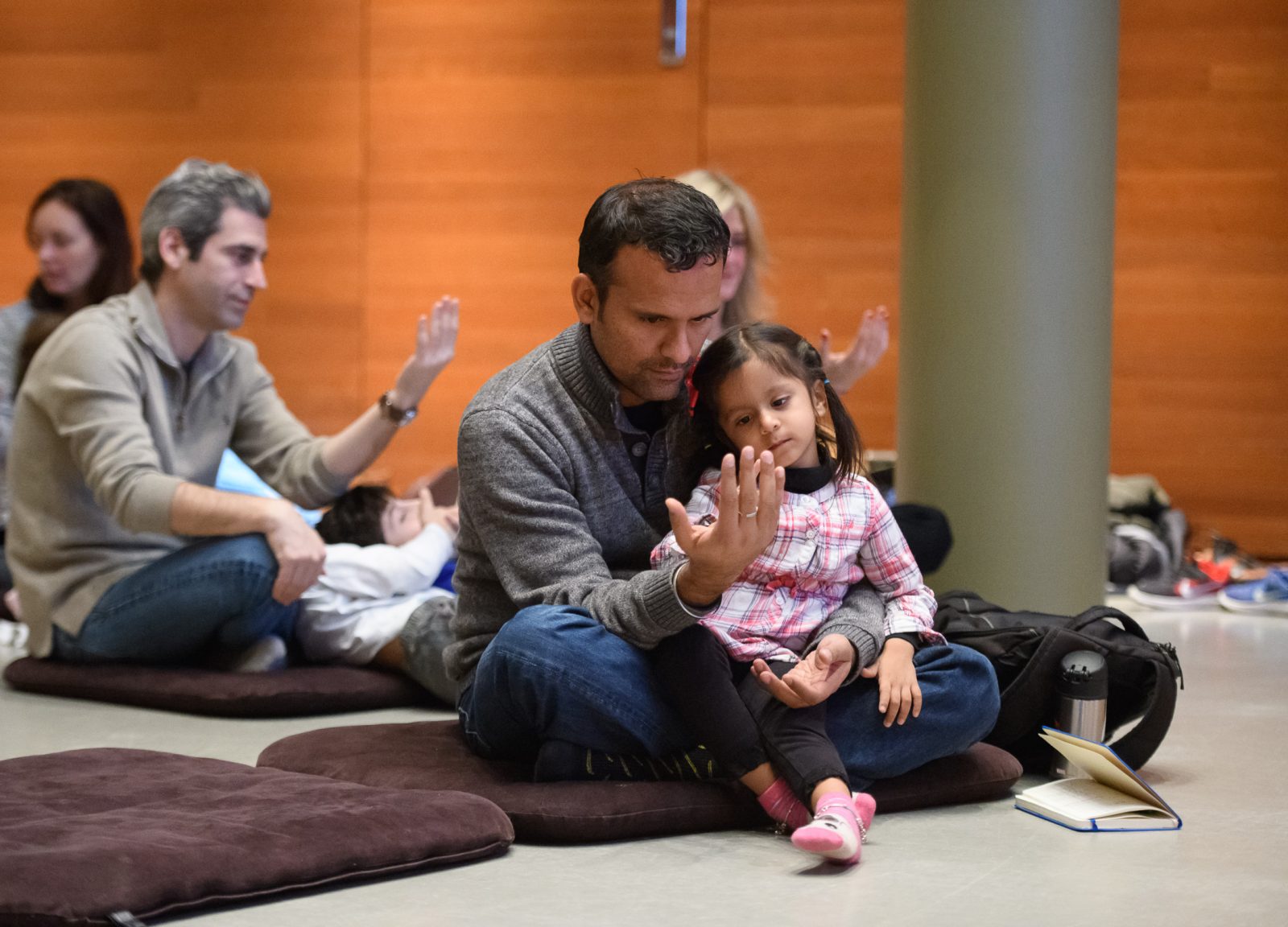


Have you tuned in to your body lately? You can do this by noticing the tensing of your muscles, change in your posture, the temperature of your palms and soles, or simply how you move. If your answer is “never” or “sometimes,” please read on.
The body is a great tool. With practice, you could use it as a barometer for charged emotions as they arise. Even before you fully realize what you are feeling, your body does. Recognizing the relationship between your emotions and your body is the biggest step to ending stress before it takes hold of you.
This technique is especially handy if you are a parent. Children sense and mirror our unspoken emotions. For example, you may have noticed that when you are having a tough time at work or arguing with your partner, your child acts out more. It is normal for emotions to arise—for you and your child. Identifying and managing these emotions is where the art of mindfulness lies.
Here are five tips on how to practice tuning in to the body to manage emotions.

Photograph by Filip Wolak
Train your brain to tune in to the physical sensations of every body part. Doing this while you are calm gives your brain an idea of where the baseline state of the body sensation is. So when a challenge arises, the brain notices that the body has deviated.
Once you recognize that there is a charged feeling, label it, then breathe into it and let it go. When you are faced with a stressful situation, you can learn to replicate this practice.

Photograph by Filip Wolak
If you find a part that is tense, relax that part and bring your mind back to the physical sensation of breathing.
Notice any clenching and out-of-character behavior. These are early signs of negative emotions. Give them tools to calm themselves down as soon as you notice these signs.
Assume the role of an empathetic peer rather than a teacher—you are both learning how to do this. Give them a range of options while you ask what they feel. A good starting list is: happy, excited, sad, scared, or angry. If you notice that your child has a negative emotion, guide them to use calming techniques.

Photograph by Filip Wolak
The side effect of incorporating these mindful pauses and check-ins? Tantrums will become less frequent; soon, your child can start learning these techniques by observing you. You will be in a position to teach them how to self-soothe because you are practicing it yourself!

Ayman Mukerji Househam is a former Wall Street executive, longtime meditator and yogi, and researcher of mindfulness physiology who teaches mindfulness to families, corporations, and individuals. A clinical social worker, Ayman combines Eastern meditation with Western therapeutic techniques, and she is an active speaker on this topic. She authored a book on neural findings in the autism spectrum disorder, and her scientific publications and TEDx talk unravel how mindfulness practice changes our immune system, gut, and even our genes.
Get the latest news and stories from the Rubin, plus occasional information on how to support our work.